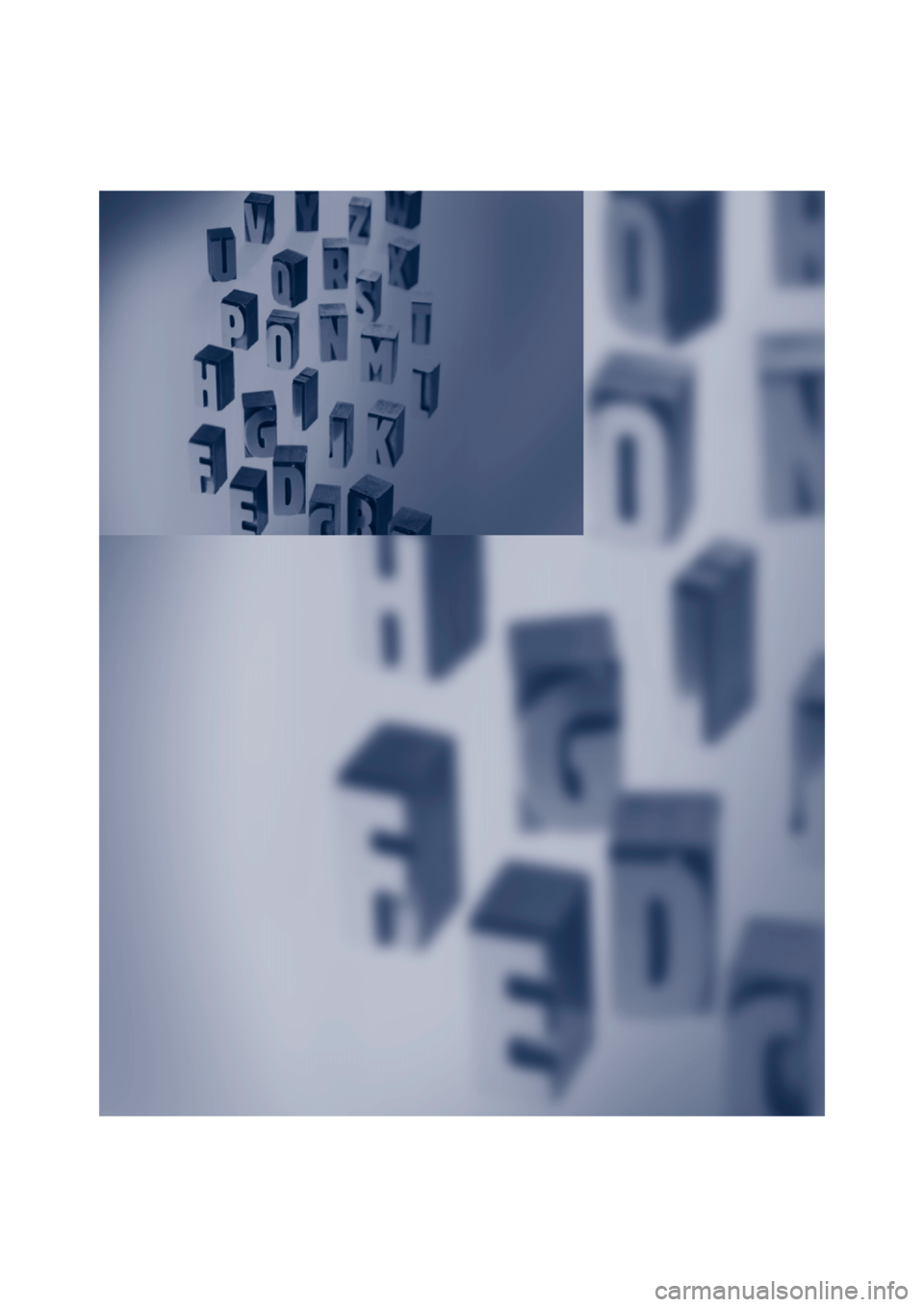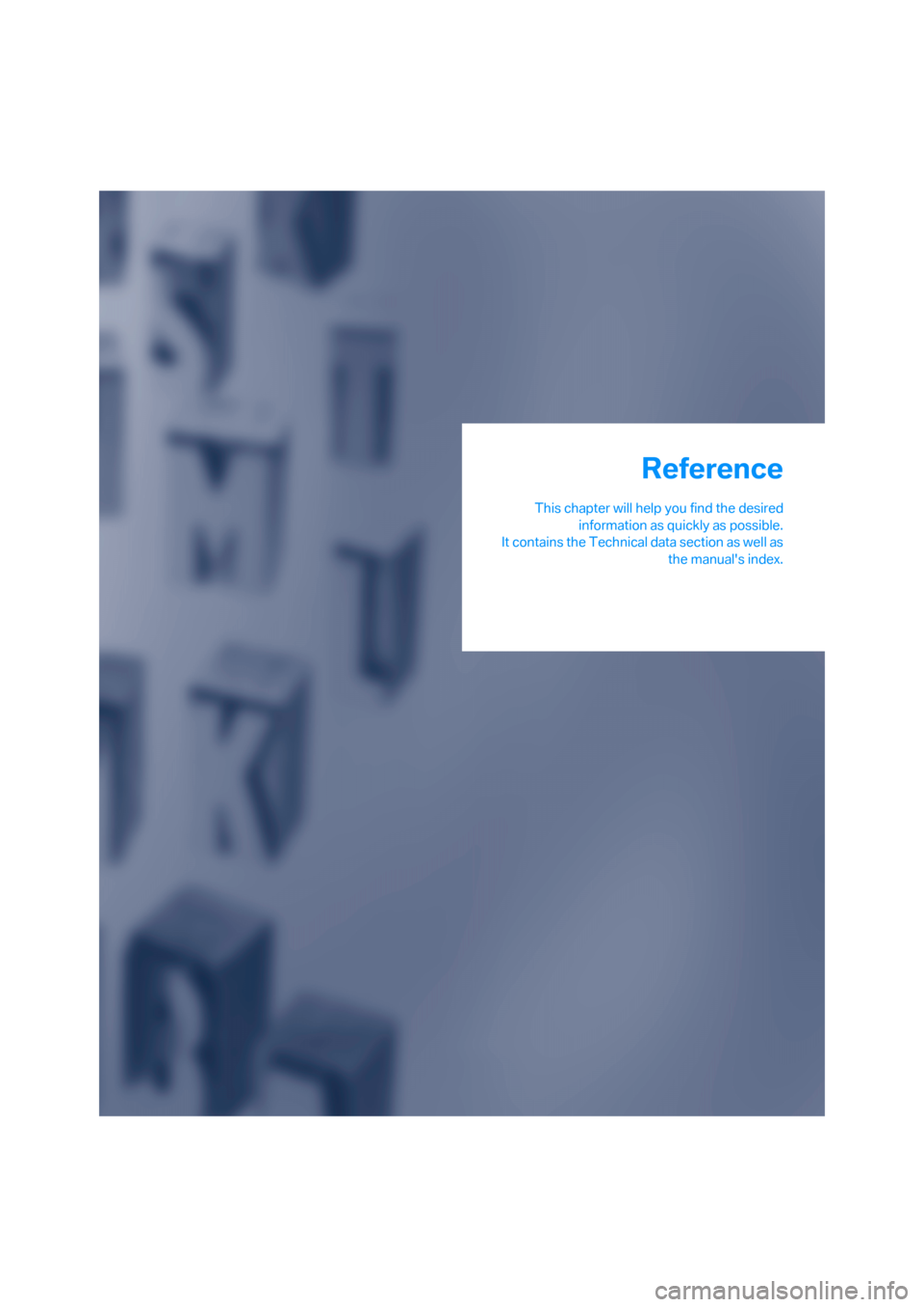Page 97 of 120
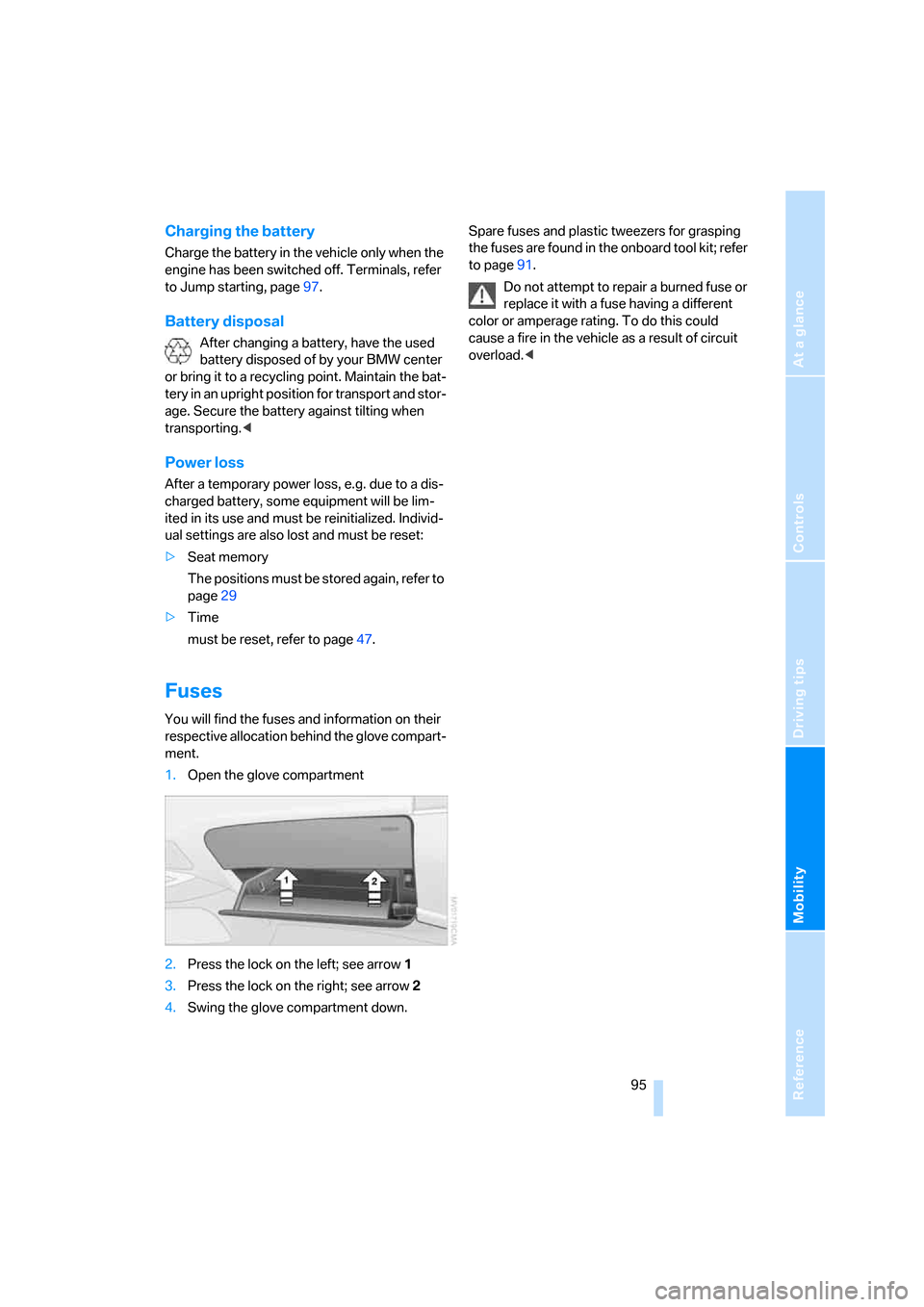
Reference
At a glance
Controls
Driving tips
Mobility
95
Charging the battery
Charge the battery in the vehicle only when the
engine has been switched off. Terminals, refer
to Jump starting, page97.
Battery disposal
After changing a battery, have the used
battery disposed of by your BMW center
or bring it to a recycling point. Maintain the bat-
tery in an upright position for transport and stor-
age. Secure the battery against tilting when
transporting.<
Power loss
After a temporary power loss, e.g. due to a dis-
charged battery, some equipment will be lim-
ited in its use and must be reinitialized. Individ-
ual settings are also lost and must be reset:
>Seat memory
The positions must be stored again, refer to
page29
>Time
must be reset, refer to page47.
Fuses
You will find the fuses and information on their
respective allocation behind the glove compart-
ment.
1.Open the glove compartment
2.Press the lock on the left; see arrow1
3.Press the lock on the right; see arrow2
4.Swing the glove compartment down.Spare fuses and plastic tweezers for grasping
the fuses are found in the onboard tool kit; refer
to page91.
Do not attempt to repair a burned fuse or
replace it with a fuse having a different
color or amperage rating. To do this could
cause a fire in the vehicle as a result of circuit
overload.<
Page 98 of 120
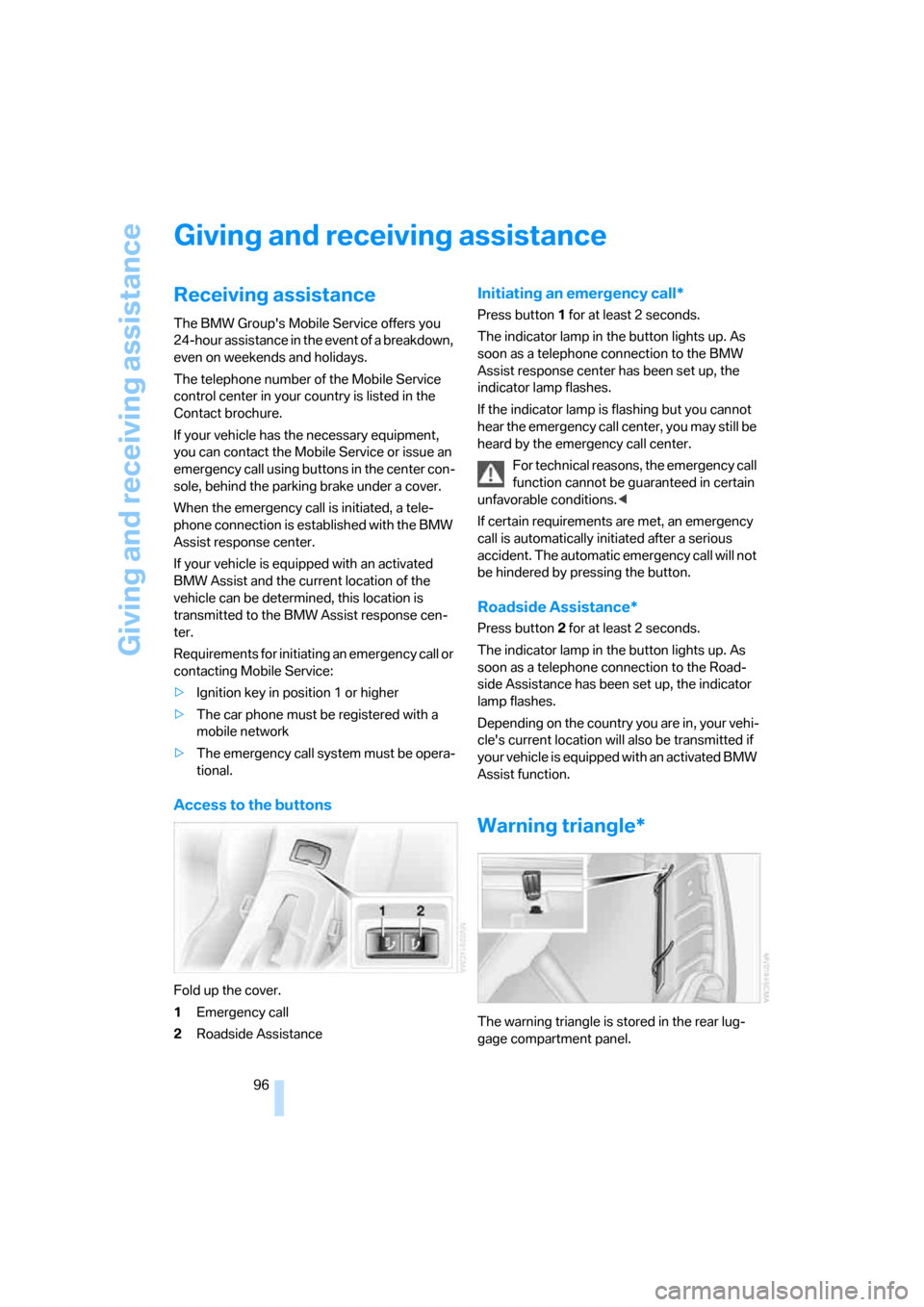
Giving and receiving assistance
96
Giving and receiving assistance
Receiving assistance
The BMW Group's Mobile Service offers you
24-hour assistance in the event of a breakdown,
even on weekends and holidays.
The telephone number of the Mobile Service
control center in your country is listed in the
Contact brochure.
If your vehicle has the necessary equipment,
you can contact the Mobile Service or issue an
emergency call using buttons in the center con-
sole, behind the parking brake under a cover.
When the emergency call is initiated, a tele-
phone connection is established with the BMW
Assist response center.
If your vehicle is equipped with an activated
BMW Assist and the current location of the
vehicle can be determined, this location is
transmitted to the BMW Assist response cen-
ter.
Requirements for initiating an emergency call or
contacting Mobile Service:
>Ignition key in position 1 or higher
>The car phone must be registered with a
mobile network
>The emergency call system must be opera-
tional.
Access to the buttons
Fold up the cover.
1Emergency call
2Roadside Assistance
Initiating an emergency call*
Press button1 for at least 2 seconds.
The indicator lamp in the button lights up. As
soon as a telephone connection to the BMW
Assist response center has been set up, the
indicator lamp flashes.
If the indicator lamp is flashing but you cannot
hear the emergency call center, you may still be
heard by the emergency call center.
For technical reasons, the emergency call
function cannot be guaranteed in certain
unfavorable conditions.<
If certain requirements are met, an emergency
call is automatically initiated after a serious
accident. The automatic emergency call will not
be hindered by pressing the button.
Roadside Assistance*
Press button2 for at least 2 seconds.
The indicator lamp in the button lights up. As
soon as a telephone connection to the Road-
side Assistance has been set up, the indicator
lamp flashes.
Depending on the country you are in, your vehi-
cle's current location will also be transmitted if
your vehicle is equipped with an activated BMW
Assist function.
Warning triangle*
The warning triangle is stored in the rear lug-
gage compartment panel.
Page 99 of 120
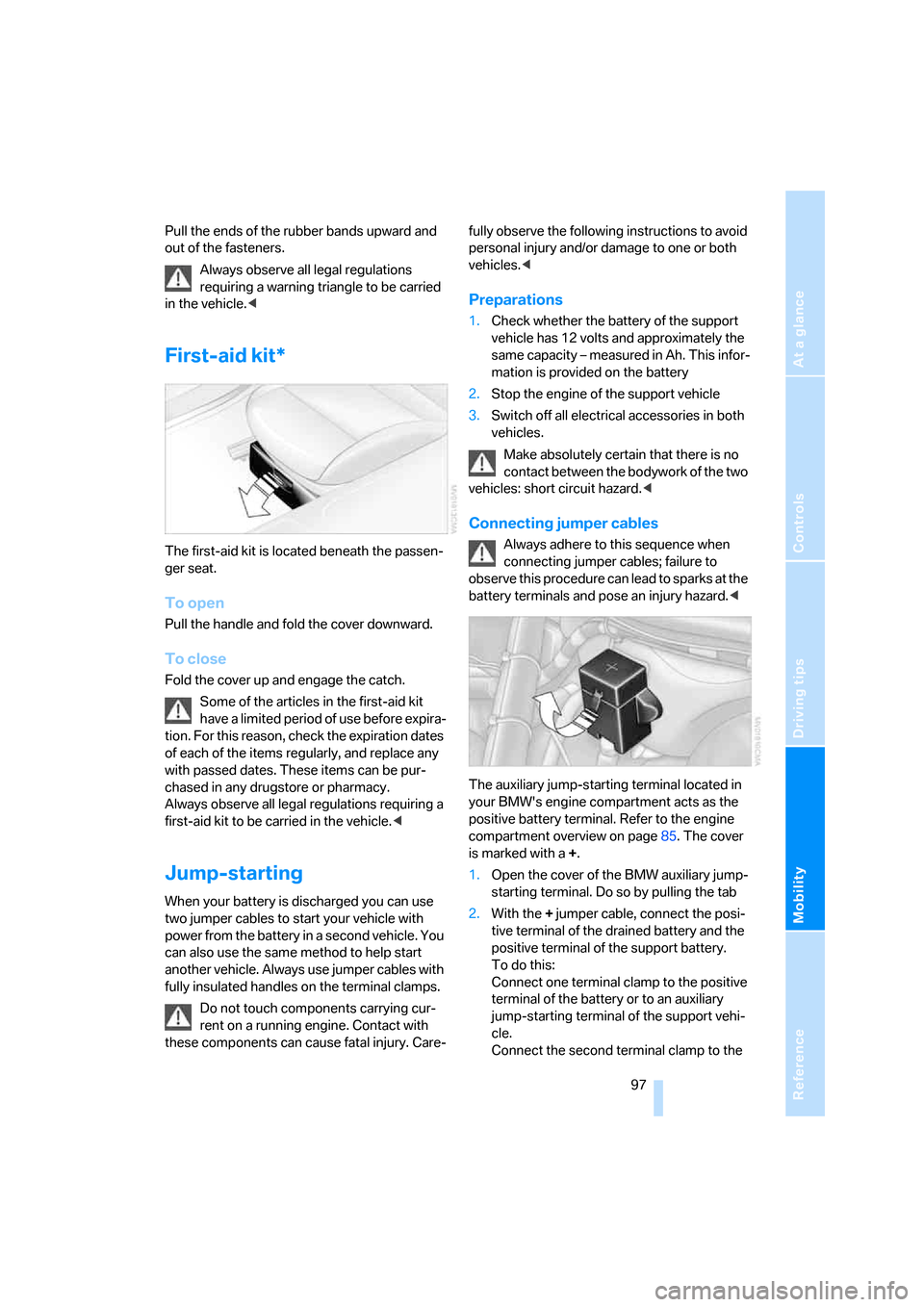
Reference
At a glance
Controls
Driving tips
Mobility
97
Pull the ends of the rubber bands upward and
out of the fasteners.
Always observe all legal regulations
requiring a warning triangle to be carried
in the vehicle.<
First-aid kit*
The first-aid kit is located beneath the passen-
ger seat.
To open
Pull the handle and fold the cover downward.
To close
Fold the cover up and engage the catch.
Some of the articles in the first-aid kit
have a limited period of use before expira-
tion. For this reason, check the expiration dates
of each of the items regularly, and replace any
with passed dates. These items can be pur-
chased in any drugstore or pharmacy.
Always observe all legal regulations requiring a
first-aid kit to be carried in the vehicle.<
Jump-starting
When your battery is discharged you can use
two jumper cables to start your vehicle with
power from the battery in a second vehicle. You
can also use the same method to help start
another vehicle. Always use jumper cables with
fully insulated handles on the terminal clamps.
Do not touch components carrying cur-
rent on a running engine. Contact with
these components can cause fatal injury. Care-fully observe the following instructions to avoid
personal injury and/or damage to one or both
vehicles.<
Preparations
1.Check whether the battery of the support
vehicle has 12 volts and approximately the
same capacity – measured in Ah. This infor-
mation is provided on the battery
2.Stop the engine of the support vehicle
3.Switch off all electrical accessories in both
vehicles.
Make absolutely certain that there is no
contact between the bodywork of the two
vehicles: short circuit hazard.<
Connecting jumper cables
Always adhere to this sequence when
connecting jumper cables; failure to
observe this procedure can lead to sparks at the
battery terminals and pose an injury hazard.<
The auxiliary jump-starting terminal located in
your BMW's engine compartment acts as the
positive battery terminal. Refer to the engine
compartment overview on page85. The cover
is marked with a+.
1.Open the cover of the BMW auxiliary jump-
starting terminal. Do so by pulling the tab
2.With the + jumper cable, connect the posi-
tive terminal of the drained battery and the
positive terminal of the support battery.
To do this:
Connect one terminal clamp to the positive
terminal of the battery or to an auxiliary
jump-starting terminal of the support vehi-
cle.
Connect the second terminal clamp to the
Page 100 of 120

Giving and receiving assistance
98 positive terminal of the battery or to an aux-
iliary jump-starting terminal of the vehicle to
be jump-started.
Your BMW is equipped with a special nut,
refer also to the engine compartment over-
view on page85
3.With the– jumper cable, connect the nega-
tive terminals of both vehicles.
To do this:
Attach one cable clamp to the negative bat-
tery terminal or to a suitable ground on the
engine or body work of the support vehicle.
Attach the second cable clamp to the nega-
tive battery terminal or to a suitable ground
on the engine or body work of the vehicle to
be jump-started.
Starting the engine
1.Start the engine of the support vehicle and
let it run for several minutes at a slightly ele-
vated engine idle speed
2.Start the engine of the other vehicle as
usual.
If the first start attempt is not successful,
wait a few minutes before another attempt
in order to allow the discharged battery to
recharge
3.Allow the engines to run for several minutes
4.Then disconnect the jumper cables in
reverse sequence
5.Depending on the cause of the fault, have
the battery checked and recharged.
Never use spray starter fluids to start the
engine.<
Towing and tow-starting the
vehicle
Using the towing eyelet
The screw-in towing eyelet is stored in the
onboard tool kit; be sure that it remains in the
vehicle at all times. It can be attached at the
front or rear of your BMW.
Observe the following instructions in
order to avoid damaging the towing eye-
let or the vehicle: use only the towing eyelet
supplied with the vehicle, and screw it in firmly
until it stops. Use the towing eyelet for towing
on paved roads only. Avoid subjecting the tow-
ing eyelet to lateral loads, e.g. do not lift the
vehicle using the towing eyelet.<
Access to the threaded socket
Press out the cover with a screwdriver inserted
in the recess at the top.
Being towed
Make sure that the ignition key is in posi-
tion 1, because the steering lock could
otherwise engage and the vehicle could no
longer be steered. There is no power assist
while the engine is off. Therefore, you will need
to exert more force to brake and steer the vehi-
cle.<
Turn on the hazard warning flashers, if required
by national regulations. If the electrical system
has failed, clearly identify the vehicle being
towed, e.g. by placing a sign or a warning trian-
gle in the rear window.
Vehicles with manual transmission
Gearshift lever in idling position.
Page 101 of 120
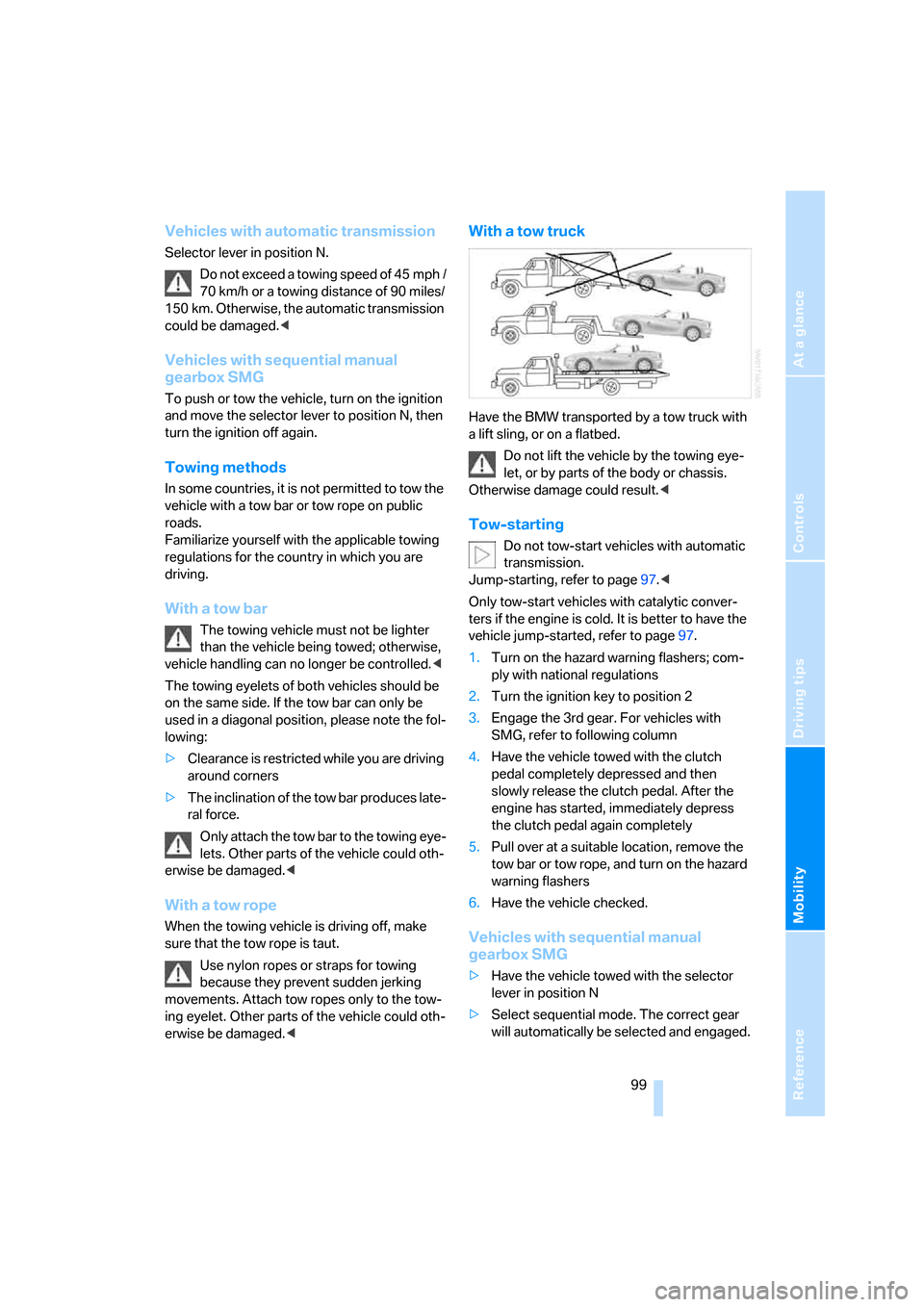
Reference
At a glance
Controls
Driving tips
Mobility
99
Vehicles with automatic transmission
Selector lever in position N.
Do not exceed a towing speed of 45 mph /
70 km/h or a towing distance of 90 miles/
150 km. Otherwise, the automatic transmission
could be damaged.<
Vehicles with sequential manual
gearbox SMG
To push or tow the vehicle, turn on the ignition
and move the selector lever to position N, then
turn the ignition off again.
Towing methods
In some countries, it is not permitted to tow the
vehicle with a tow bar or tow rope on public
roads.
Familiarize yourself with the applicable towing
regulations for the country in which you are
driving.
With a tow bar
The towing vehicle must not be lighter
than the vehicle being towed; otherwise,
vehicle handling can no longer be controlled.<
The towing eyelets of both vehicles should be
on the same side. If the tow bar can only be
used in a diagonal position, please note the fol-
lowing:
>Clearance is restricted while you are driving
around corners
>The inclination of the tow bar produces late-
ral force.
Only attach the tow bar to the towing eye-
lets. Other parts of the vehicle could oth-
erwise be damaged.<
With a tow rope
When the towing vehicle is driving off, make
sure that the tow rope is taut.
Use nylon ropes or straps for towing
because they prevent sudden jerking
movements. Attach tow ropes only to the tow-
ing eyelet. Other parts of the vehicle could oth-
erwise be damaged.<
With a tow truck
Have the BMW transported by a tow truck with
a lift sling, or on a flatbed.
Do not lift the vehicle by the towing eye-
let, or by parts of the body or chassis.
Otherwise damage could result.<
Tow-starting
Do not tow-start vehicles with automatic
transmission.
Jump-starting, refer to page97.<
Only tow-start vehicles with catalytic conver-
ters if the engine is cold. It is better to have the
vehicle jump-started, refer to page97.
1.Turn on the hazard warning flashers; com-
ply with national regulations
2.Turn the ignition key to position 2
3.Engage the 3rd gear. For vehicles with
SMG, refer to following column
4.Have the vehicle towed with the clutch
pedal completely depressed and then
slowly release the clutch pedal. After the
engine has started, immediately depress
the clutch pedal again completely
5.Pull over at a suitable location, remove the
tow bar or tow rope, and turn on the hazard
warning flashers
6.Have the vehicle checked.
Vehicles with sequential manual
gearbox SMG
>Have the vehicle towed with the selector
lever in position N
>Select sequential mode. The correct gear
will automatically be selected and engaged.
Page 102 of 120
Page 103 of 120
Reference
This chapter will help you find the desired
information as quickly as possible.
It contains the Technical data section as well as
the manual's index.
Reference
Page 104 of 120
Technical data
102
Technical data
Engine data
Z4 2.5iZ4 3.0i
Displacement
Number of cylinderscu in/cmµ152.1/2,494
6181.7/2,979
6
Maximum power output
at engine speedhp/kW
rpm184/141
6,000225/170
5,900
Maximum torque
at engine speedlb ft/Nm
rpm181/245
3,500221/300
3,500
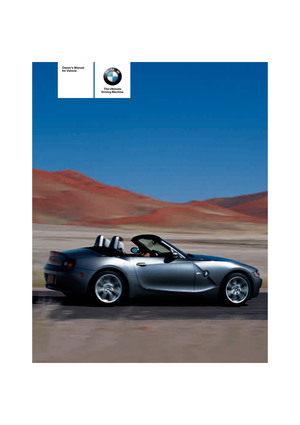 1
1 2
2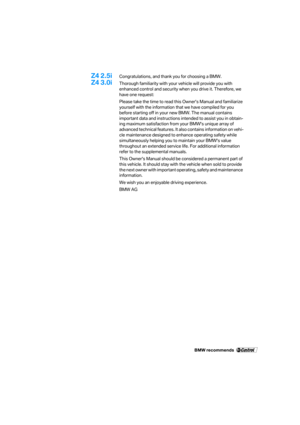 3
3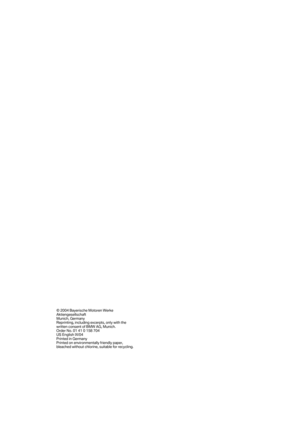 4
4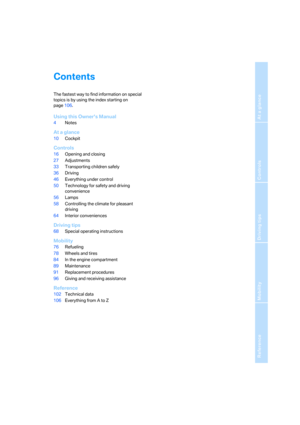 5
5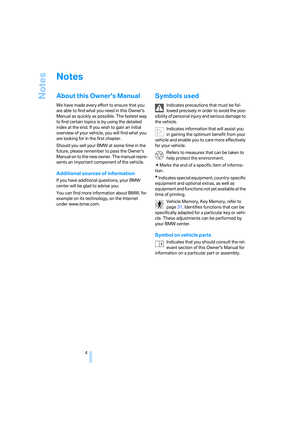 6
6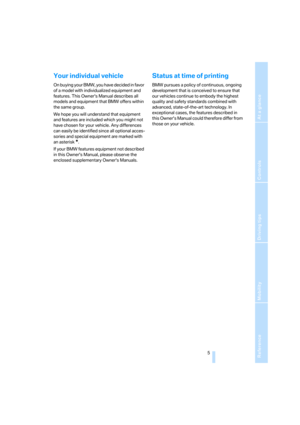 7
7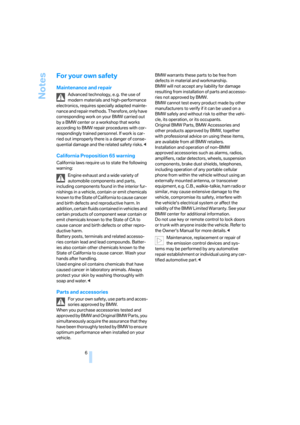 8
8 9
9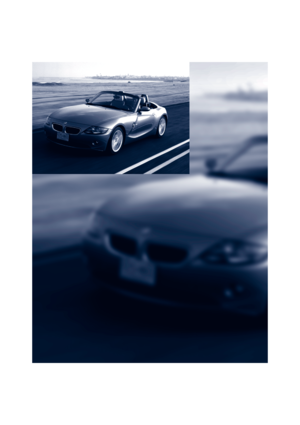 10
10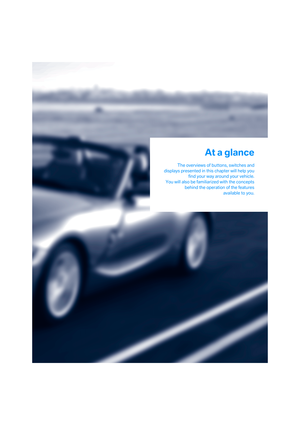 11
11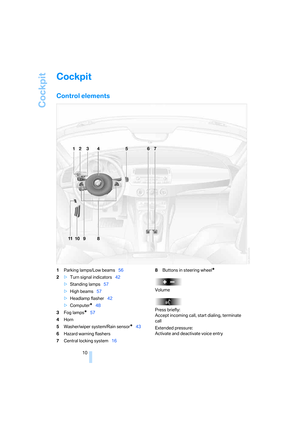 12
12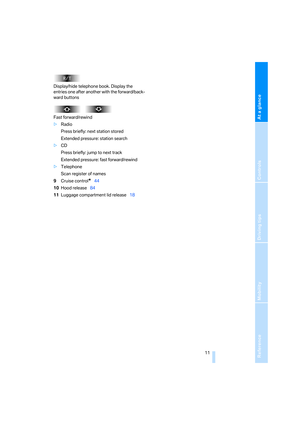 13
13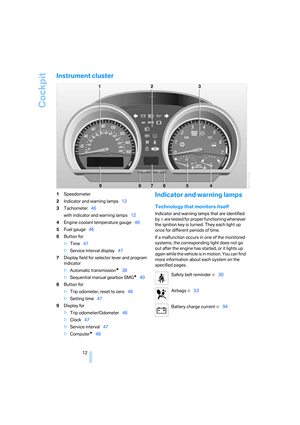 14
14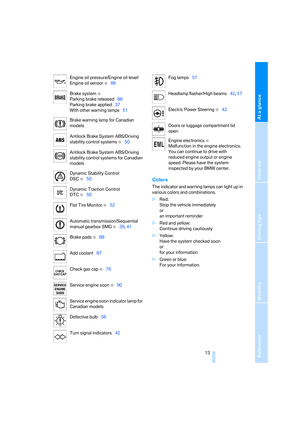 15
15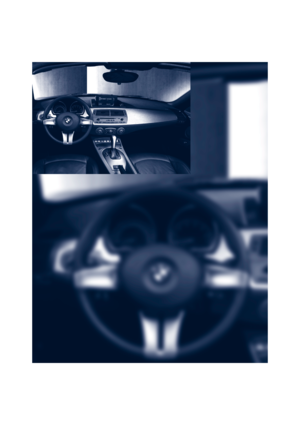 16
16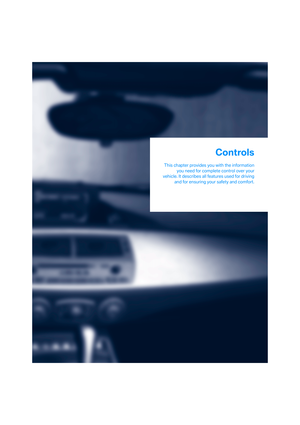 17
17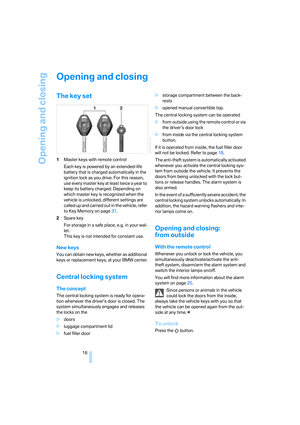 18
18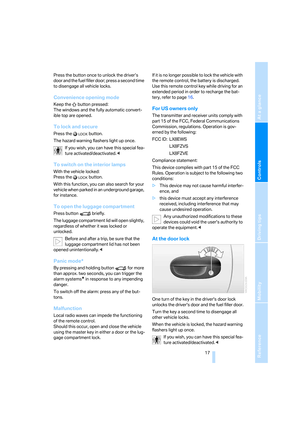 19
19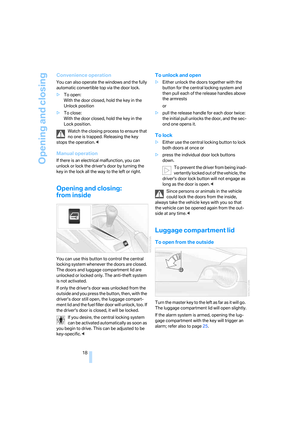 20
20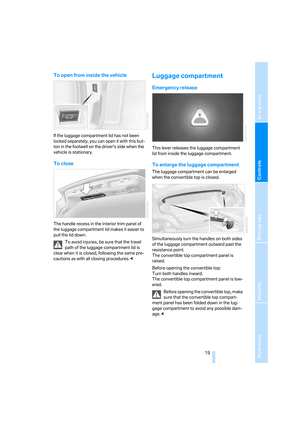 21
21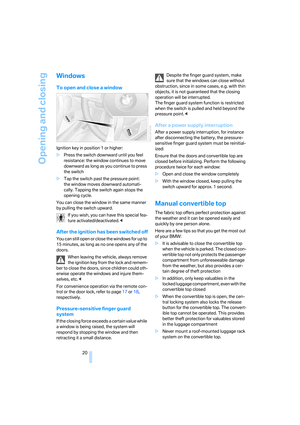 22
22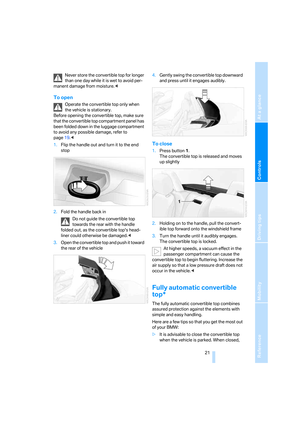 23
23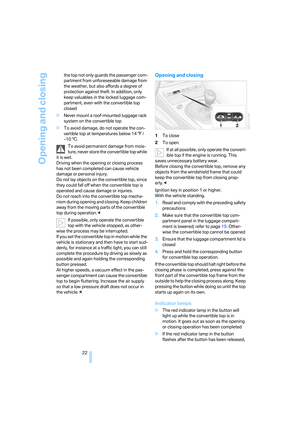 24
24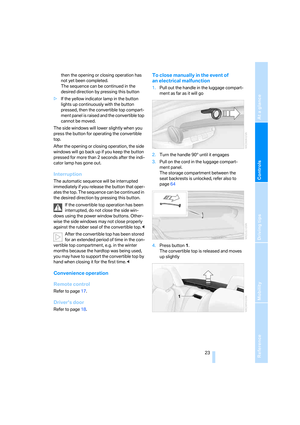 25
25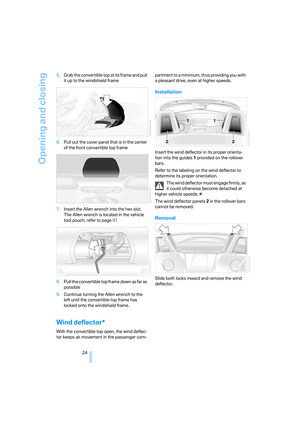 26
26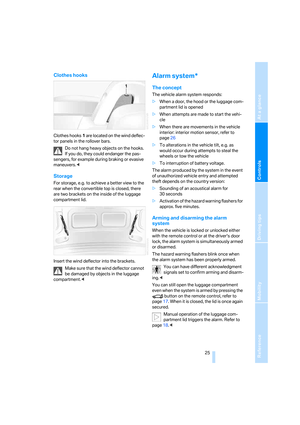 27
27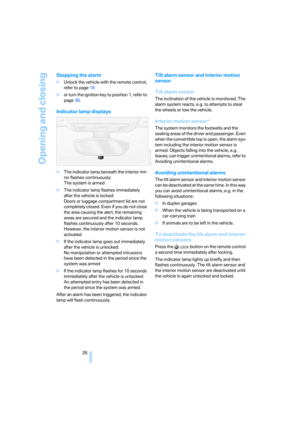 28
28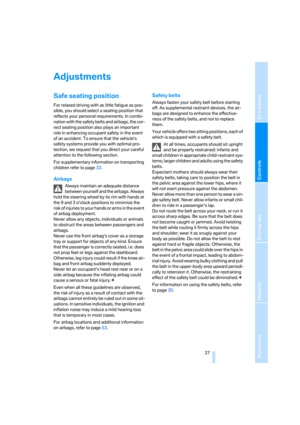 29
29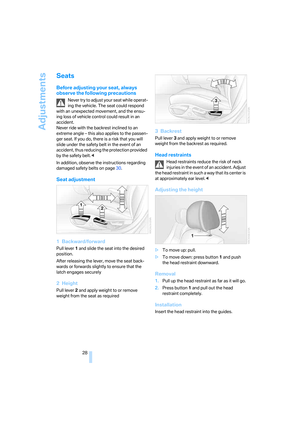 30
30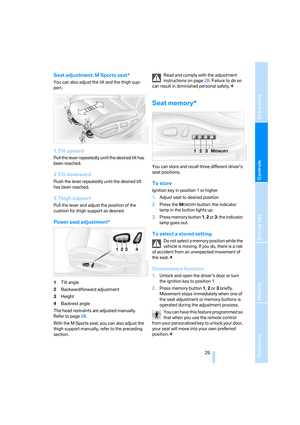 31
31 32
32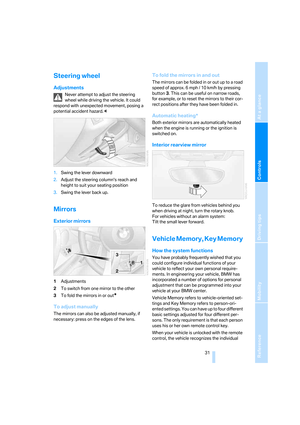 33
33 34
34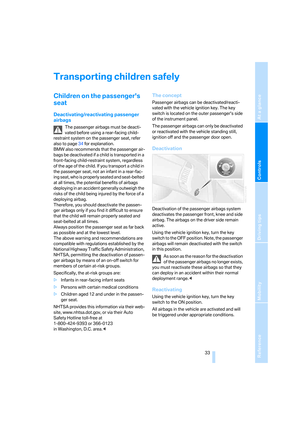 35
35 36
36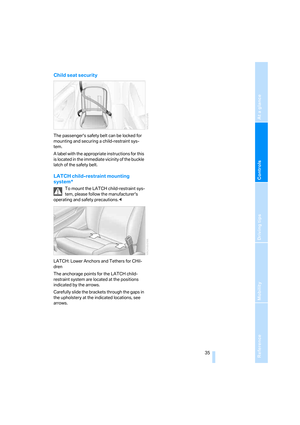 37
37 38
38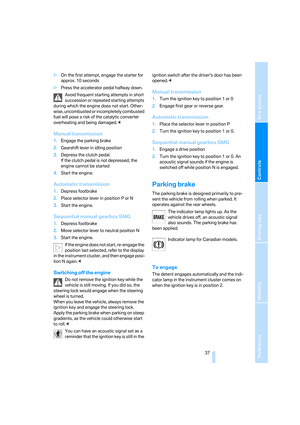 39
39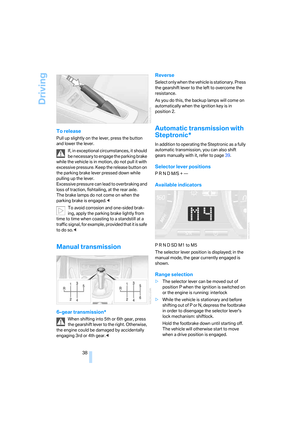 40
40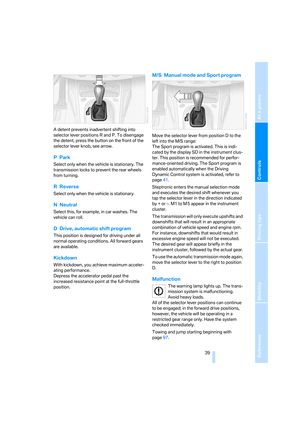 41
41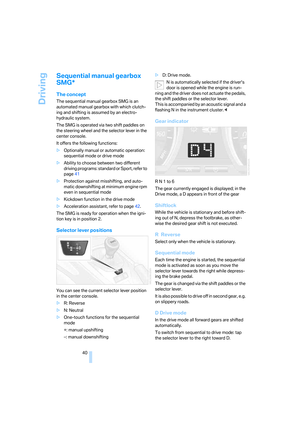 42
42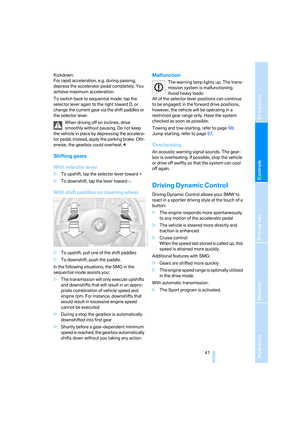 43
43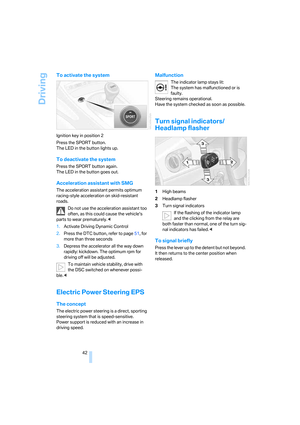 44
44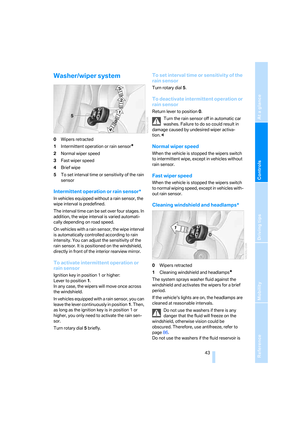 45
45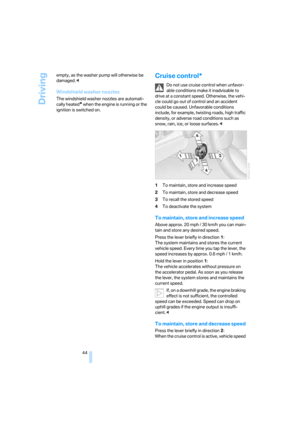 46
46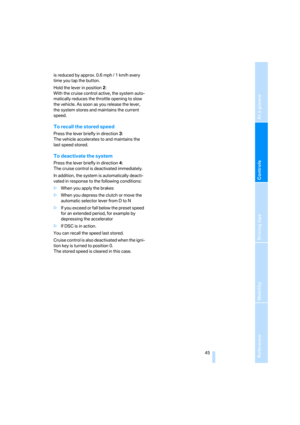 47
47 48
48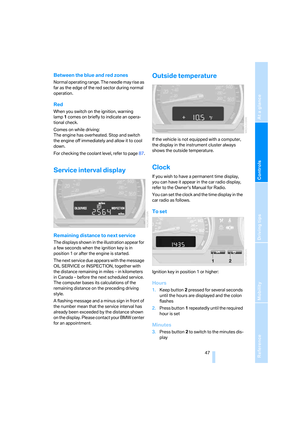 49
49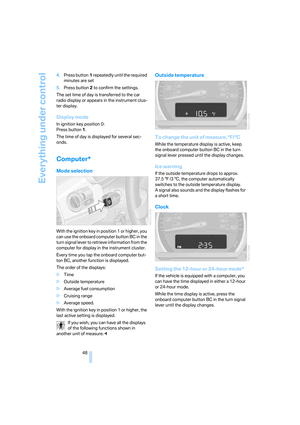 50
50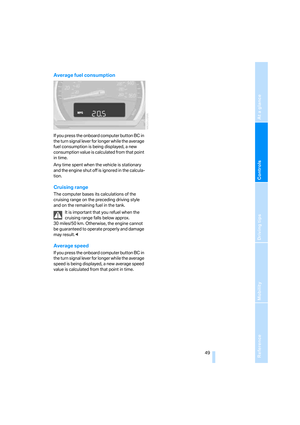 51
51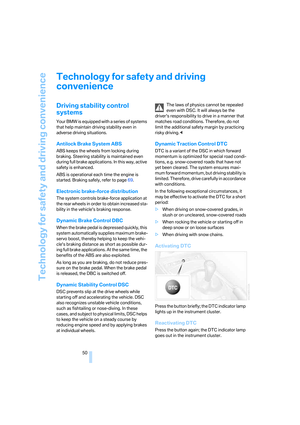 52
52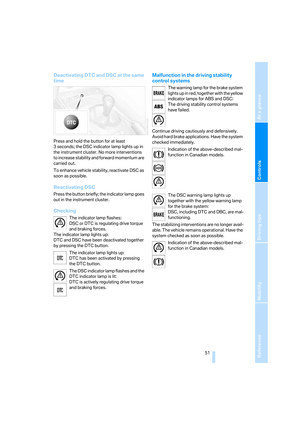 53
53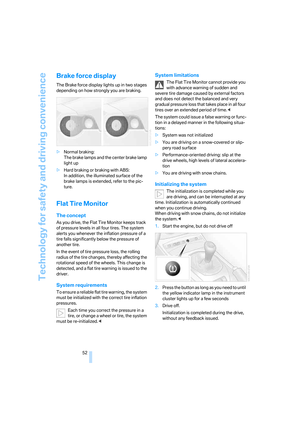 54
54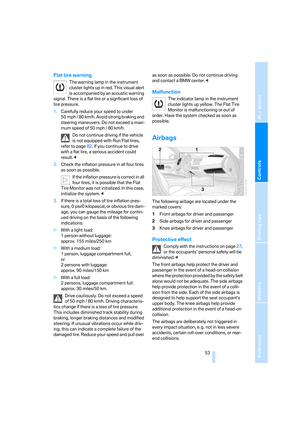 55
55 56
56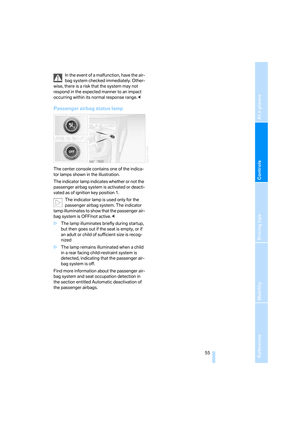 57
57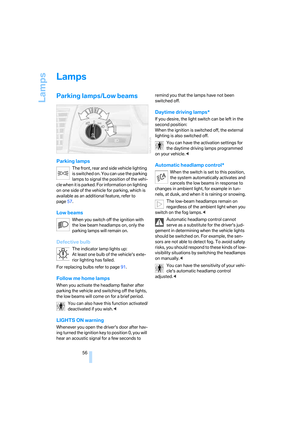 58
58 59
59 60
60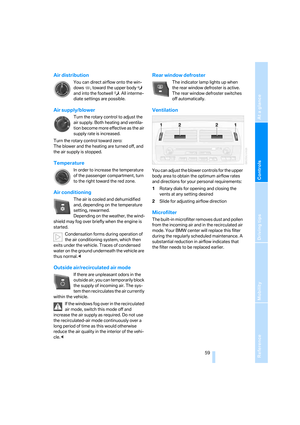 61
61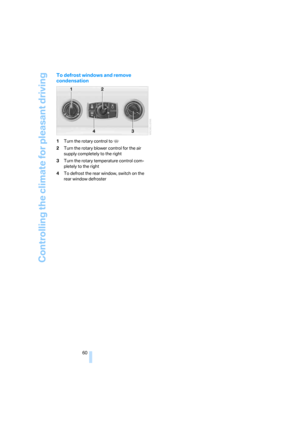 62
62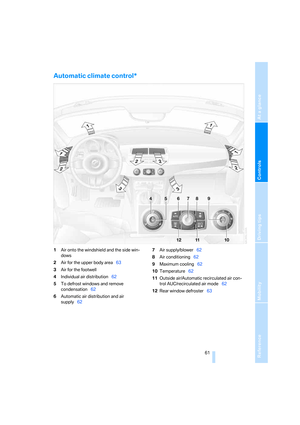 63
63 64
64 65
65 66
66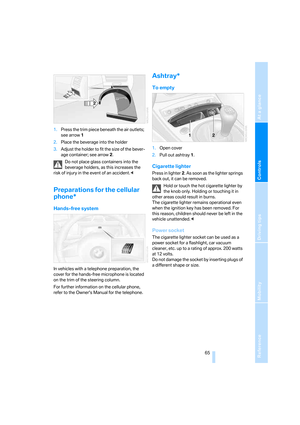 67
67 68
68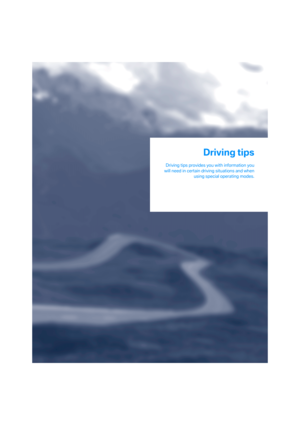 69
69 70
70 71
71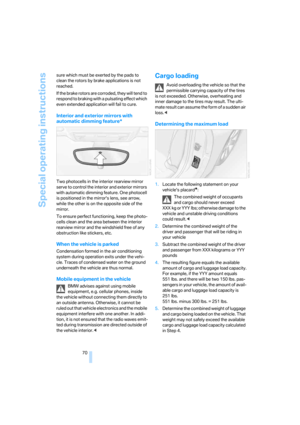 72
72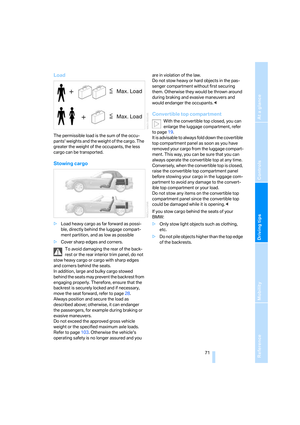 73
73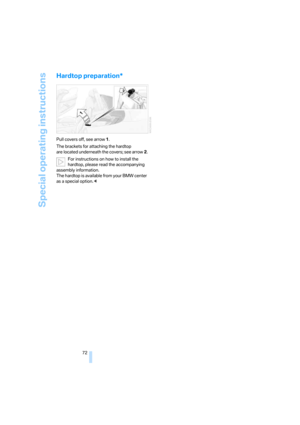 74
74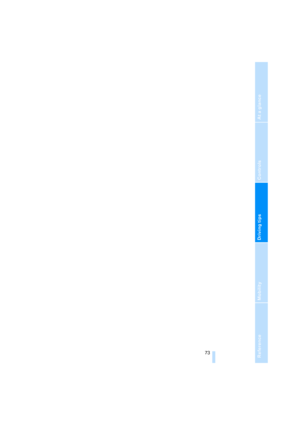 75
75 76
76 77
77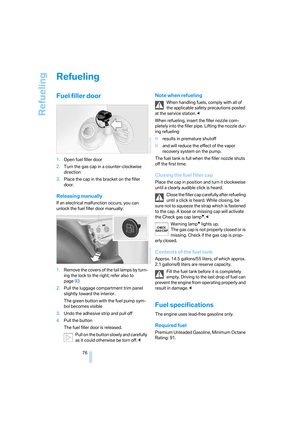 78
78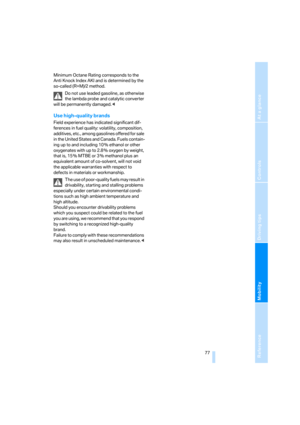 79
79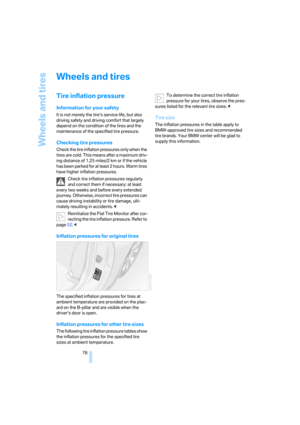 80
80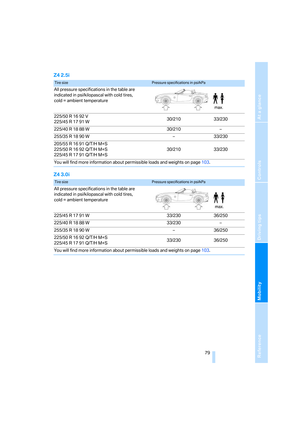 81
81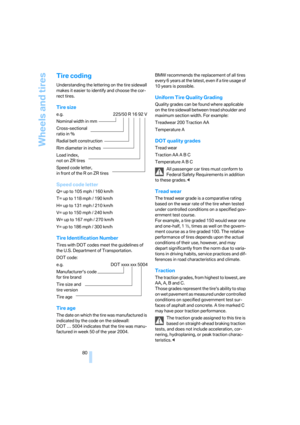 82
82 83
83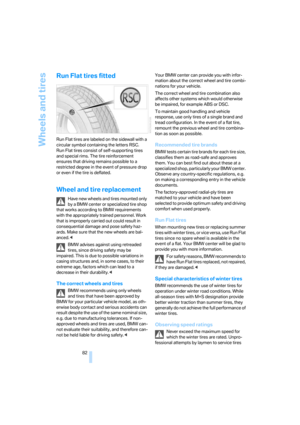 84
84 85
85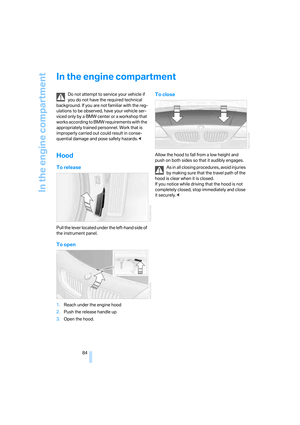 86
86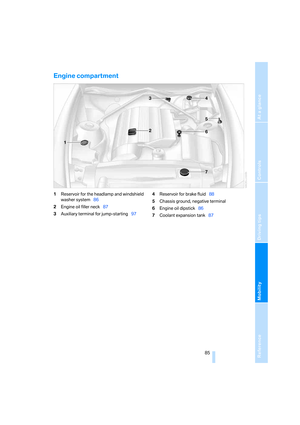 87
87 88
88 89
89 90
90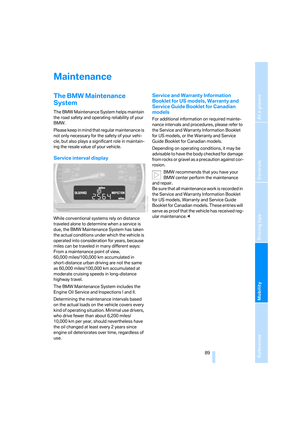 91
91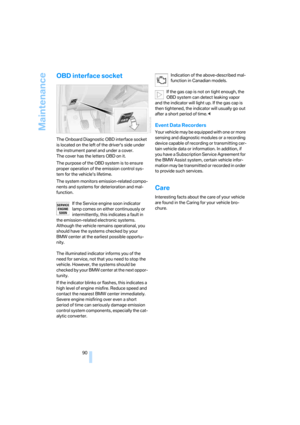 92
92 93
93 94
94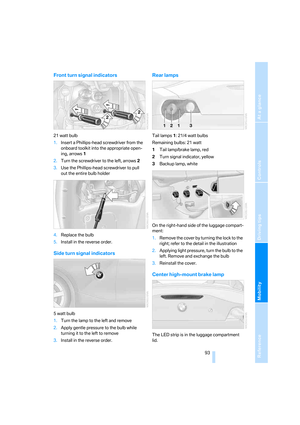 95
95 96
96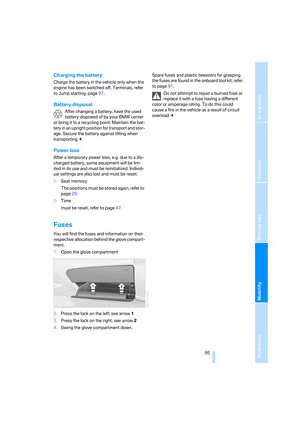 97
97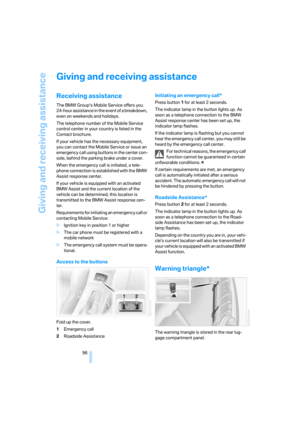 98
98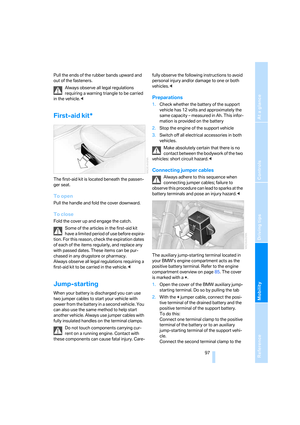 99
99 100
100 101
101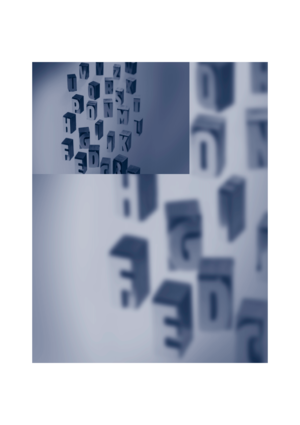 102
102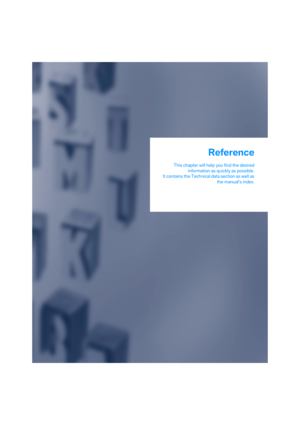 103
103 104
104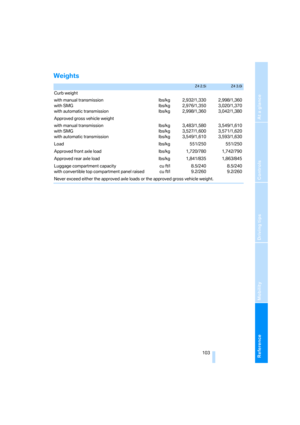 105
105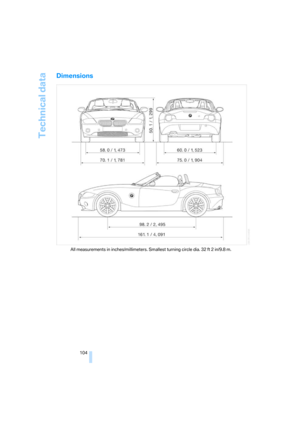 106
106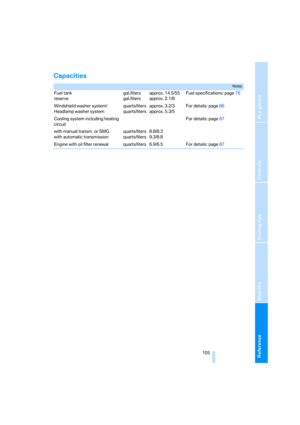 107
107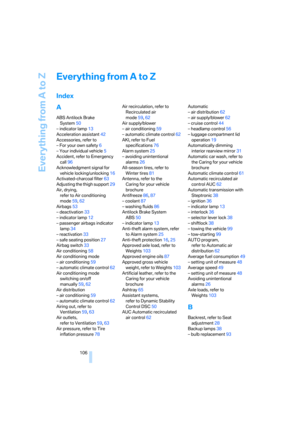 108
108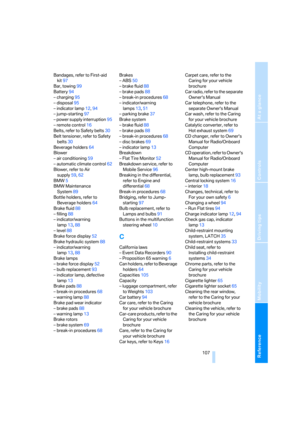 109
109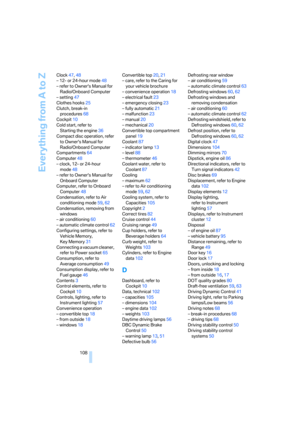 110
110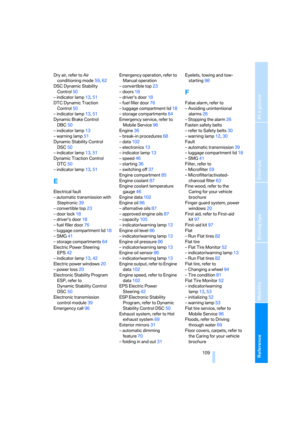 111
111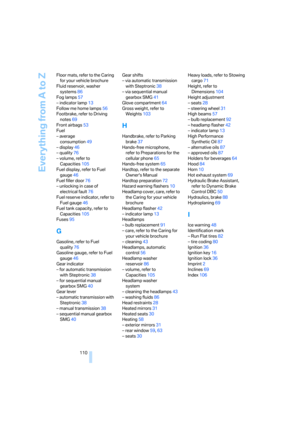 112
112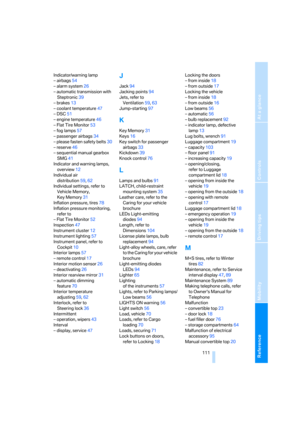 113
113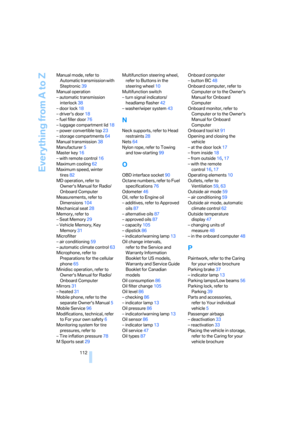 114
114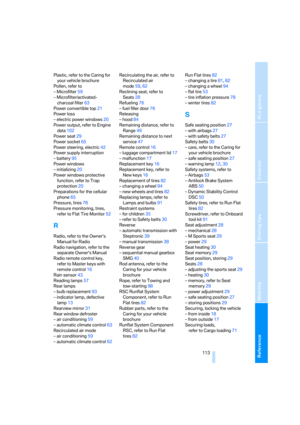 115
115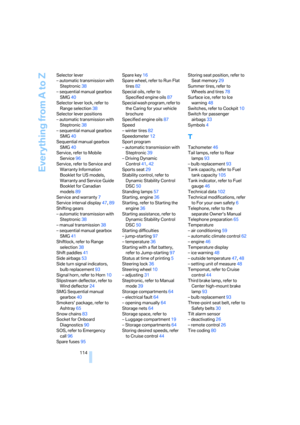 116
116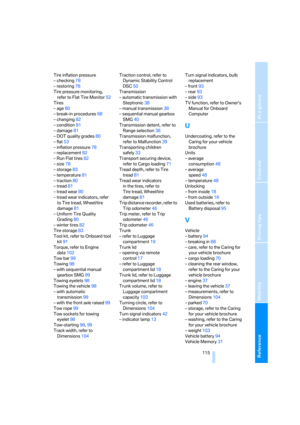 117
117 118
118 119
119




